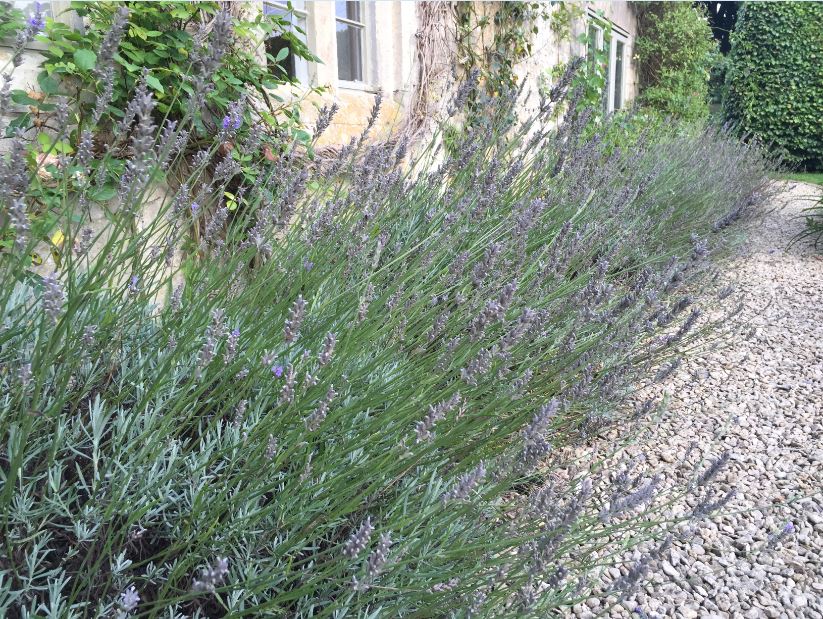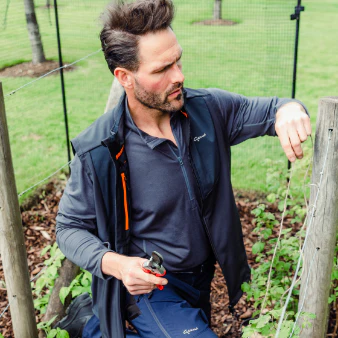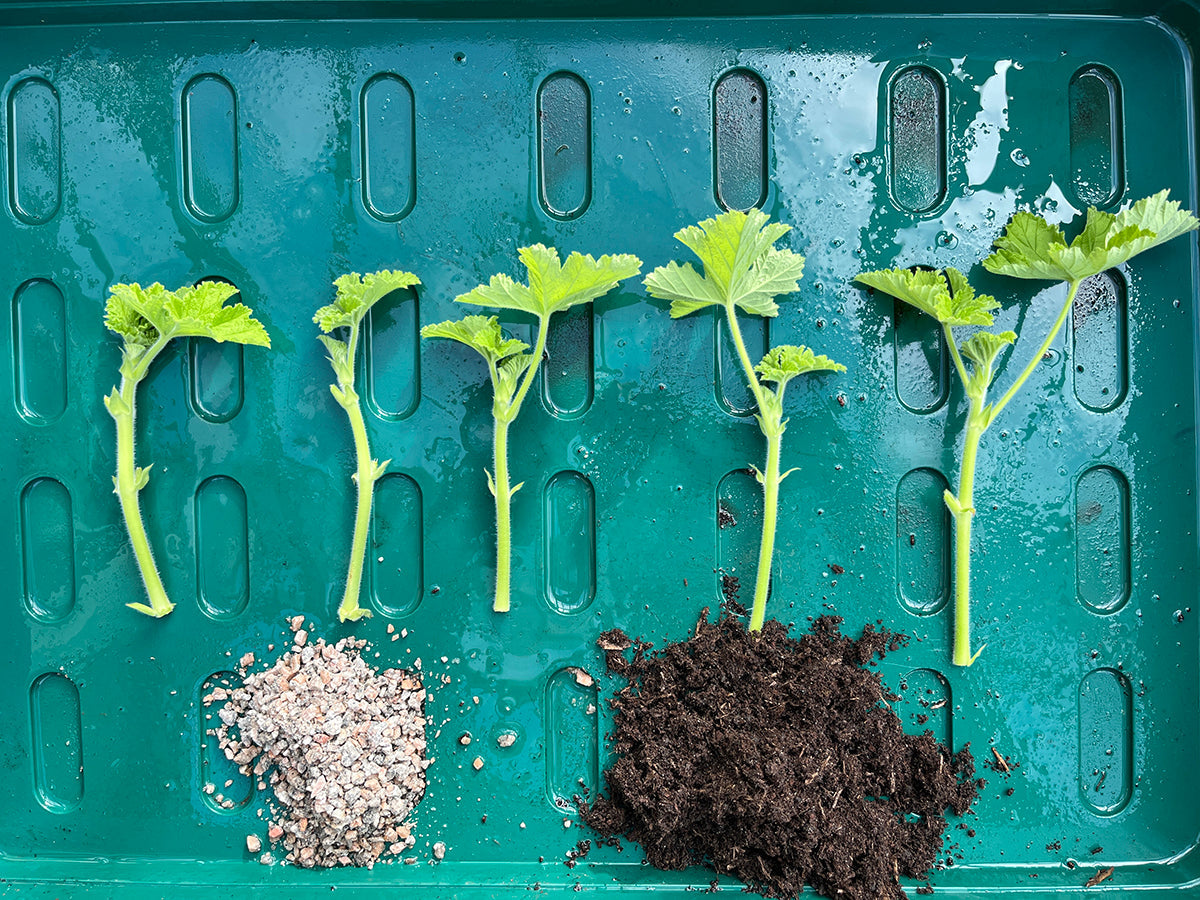Getting the garden ready for autumn - the lavender pruning debate

The treatment of lavender was the subject of some debate. There seem to be divergent opinions about whether late summer or early spring pruning is best. Late summer pruning at the end of August and early part of September is recommended by the RHS, and allows new growth to come through from the woody stems whilst the weather is clement, providing enough time for new shoots to harden off before the winter. But take care because this simple principle belies complexity. How hard you cut varies by variety and how it responds. English lavenders (Lavanduala angustifolia) can be cut back to old wood, but other varieties such as the lavandins and stoechas or Spanish, French and tufted lavenders (Lavandula x intermedia and Lavandula stoechas) are less hardy and should be given more gentle trims that don’t go right back to the old wood. The benefits of spring pruning are the flush of growth that quickly flowers and hasn’t had to cope with the British winter. Helen Yemm suggests that lavender benefits from a twice yearly cut, a trim in the spring helping plants to keep their shape and vigour.
The Genus garden is pretty exposed and suffers from hard frosts and biting winter winds. Our lavenders are planted against the southwest facing wall of the house and have very sharp drainage. We'll do the pruning soon in the hope the new growth hardens and overwinters happily.











